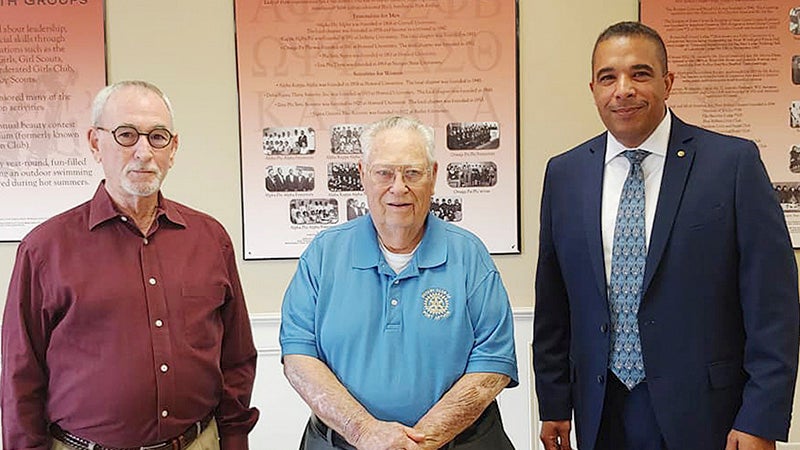Stocking myths persist in Pineywoods
Published 10:00 pm Saturday, January 7, 2012
Over the next three Sundays we will be exploring myths and misnomers commonly reported in the outdoors world.
One of the most persistent has been the stories of mysterious stockings of timber rattlesnake stockings in East Texas.
In fact we were the very first news outlet to break the true story of this (not-so) urban legend back in 2006.
The story goes something like this.
In a secret effort to replenish diminishing timber rattlesnake stocks, government officials have been stocking captive-bred specimens of the venomous reptiles at various locations within Texas’ National Forest land.
It is unclear as to which government agency is responsible but some reports indicate it could be the U.S. Fish and Wildlife Service (Service) while another rumor has it linked to a clandestine Texas Parks & Wildlife Department (TPWD) project.
I say “story” but the truth is I have heard numerous tales of rattlesnake restoration efforts in the Pineywoods of East Texas. One gentleman even told me his uncle’s brother-in-law had some released next to his farm near Crockett. Hundreds of them.
Where did these stories originate?
Well, rattlesnakes have technically been “released” into certain areas in the Pineywoods. However, scientists did not breed them in captivity and they are not part of some secret restoration effort.
These “released” rattlesnakes are simply ones that were captured as part of a radio-telemetry study conducted by officials with the U.S. Forest Service. Timber rattlesnake were captured in the wild, fitted with radio transmitters and released back into the wild so researchers could track their movements.
There never has been a timber rattlesnake stocking program in Texas or anywhere else for that matter.
According to TPWD endangered species specialist, Ricky Maxey, the rumors have been floating around since the 1990s.
“I used to work in the Big Thicket area out of Beaumont and we used to get questions about rattlesnake stockings frequently. And it seems the rumors are still pretty rampant,” Maxey said.
“Someone could have seen Forest Service officials capturing the snakes or releasing the ones fitted with transmitters and the rumor could have started there. Then again, it could be the case of a true story getting less and less truthful as it’s told,” he said.
I remember back in the 1980s, there was a rumor TPWD stocked Canadian lynx in East Texas. The story I heard had them releasing these beautiful cats into the woods around Lake Livingston and in the Big Thicket National Preserve around Sour Lake.
When I was a kid, it sounded believable.
That was until I began studying the habits and rage of lynx and other wild cats and learned they have never in recent history at least ever been native to Texas or anywhere near our great state.
And I am the first one to say wild animals do not know boundaries and most wildlife guides are inaccurate in terms of the geographical distribution they give animals but lynx are not a animal of Texas.
TPWD or any other agency is not in the business of stocking predators where they are not indigenous. Lynx are doing pretty badly in their native range in the north, so stocking them here would make no sense.
How did this rumor get started? There is really no telling and I could find no original source but it could simply be that some bobcats, which are common here have larger tufts on their ears than others do. This gives them a more lynx like appearance and perhaps someone added Texas-sized story telling to the mix and that spawned an alleged stocking.
Finally, in recent years there have been persistent rumors TPWD has stocked black bears in East Texas.
This is not true.
Black bears are returning on their own and while sightings have increased they are not the result of released animals. Louisiana over the past few decades have released bears in various parts of the Bayou State and some of those animals have wandered across the border but TPWD has done no such thing.
A few years ago they created a black bear work group to deal with bear management and looking into stocking as a viable option was on the table but it has not happened.
There would have to be much red tape cleared before stocking of any of these kinds of animals could occur in Texas or anywhere else for that matter.
(To contact Chester Moore, e-mail him at cmooreoutdoors@yahoo.com. You can hear him on “Moore Outdoors” Fridays from 6-7 p.m. on Newstalk AM 560 KLVI or online at www.klvi.com.)





